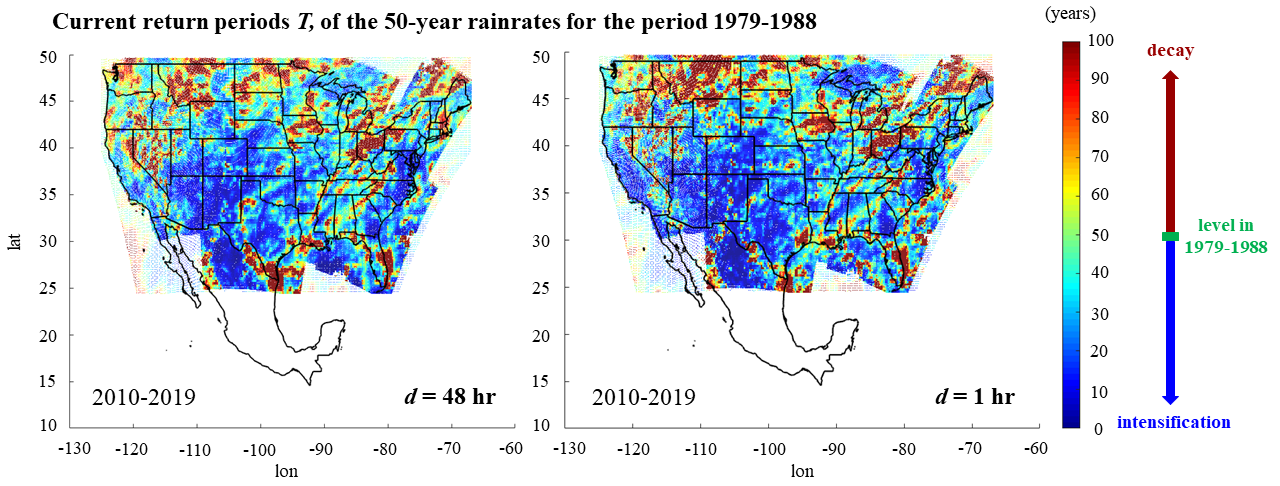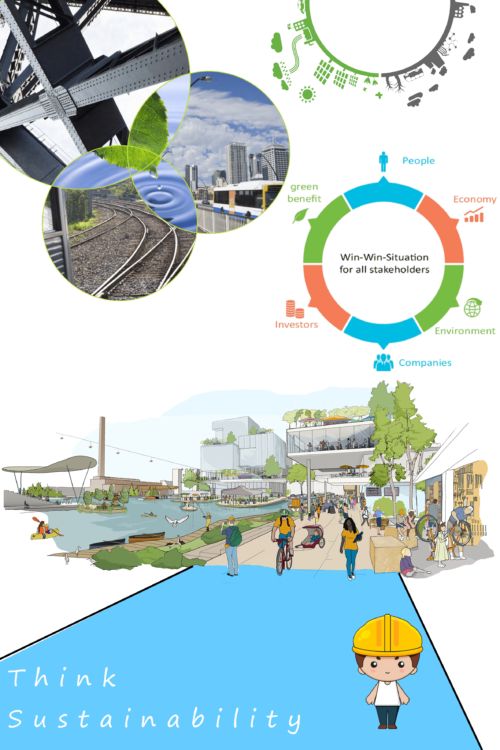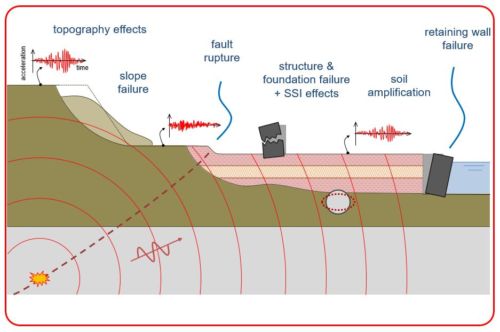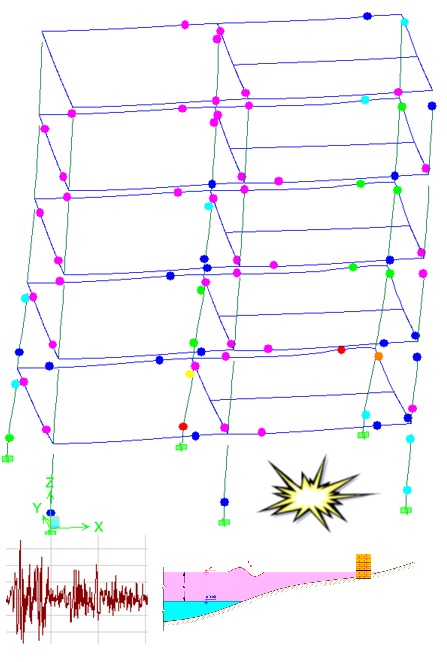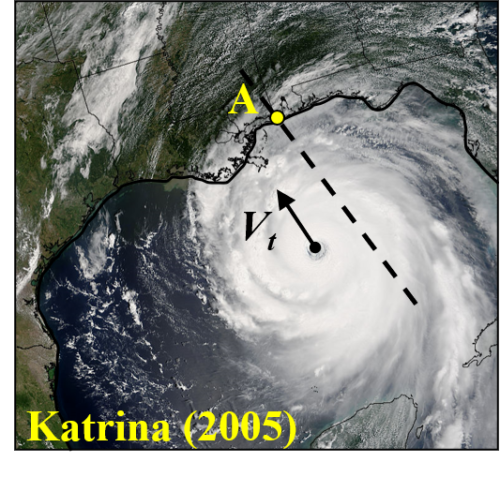1. Setting the stage
1.1. Extremes: low frequencies vs extreme consequences
1.2. Functions of random vectors: the case of min/max functions
1.3. Engineers’ approach to extremes: The return period concept and alternative definitions
2. Univariate extremes
2.1. Introduction to extreme value theory and models
2.1.1. Extreme value theorem and max-stability: assumptions and limitations
2.1.2. The generalized extreme value (GEV) distribution
2.1.3. Distribution fitting
2.1.3.1. Method of moments
2.1.3.2. Method of maximum likelihood
2.1.3.3. Method of probability weighted moments
2.1.4. Estimation of return levels from data: Construction of intensity-duration-frequency (IDF) curves from annual rainfall maxima
2.2. Introduction to extreme excess theory and threshold models
2.2.1. Extreme excess theorem: assumptions and limitations
2.2.2. The generalized Pareto (GP) distribution: assumptions and limitations
2.2.3. Threshold detection
2.2.4. Distribution fitting
2.2.4.1. Method of moments
2.2.4.2. Method of maximum likelihood
2.2.4.3. Method of probability weighted moments
2.2.5. Estimation of return levels from data: Construction of intensity-duration-frequency (IDF) curves from peaks-over-threshold (PoT) series
3. Multivariate extremes
3.1. Multivariate extreme value distributions and max-stability
3.2. Max-stable models and extreme value copulas
3.3. Fitting extreme value copulas to data
4. Extremes of dependent realizations
4.1. Asymptotic convergence and its dependence on the observation scale: Extreme value theory vs Large-deviation theory
4.2. Relaxation of the independence assumption under pre-asymptotic conditions and approximate convergence
4.3. Stationary stochastic self-similar (sss, or multifractal) processes
4.3.1. Properties and generation
4.3.2. The beta-lognormal discrete multifractal model
4.3.3. Parameter estimation
4.4. Estimation of return levels from data: Construction of intensity-duration-frequency (IDF) curves from short rainfall records (e.g. 1-2 years of data).
Statistical analysis and modeling of extreme values for hydrologic applications
| Code | GPOL_C_16302 |
|---|---|
| Instructor | LANGOUSIS ANDREAS |
| eclass | https://eclass.upatras.gr/courses/CIV1825/ |
| Mandatory/Optional | Elective |
| Credits ECTS | 7,5 |
| ΠΕΡΙΓΡΑΜΜΑ ΜΑΘΗΜΑΤΟΣ |
The postgraduate student familiarizes with the use tools from probability theory, to analyze and model extreme events for hydrological applications.

